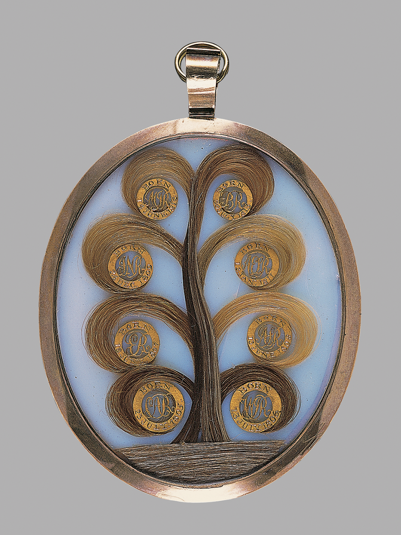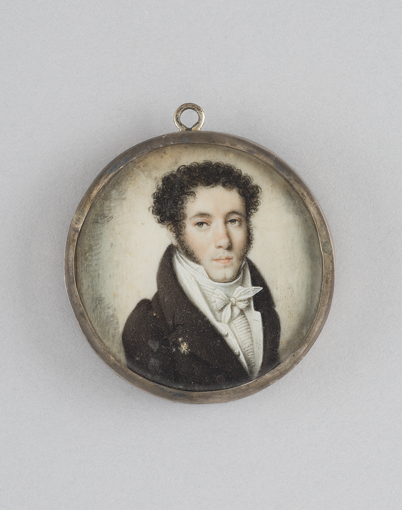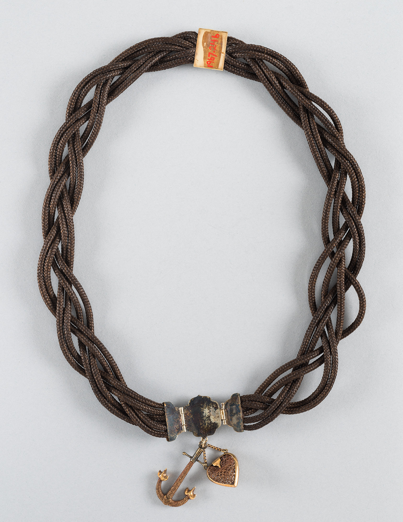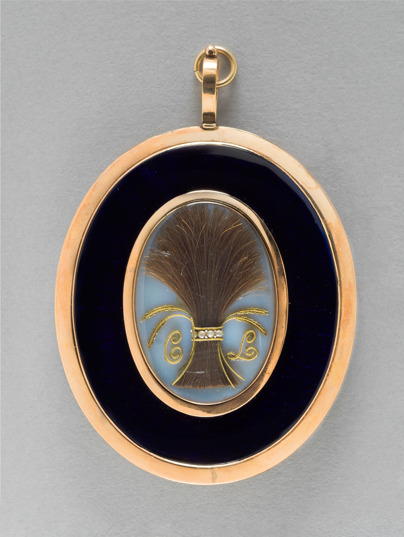- Events & Programs Home
- Calendar
- Accessibility
- Adults
-
Families & Teens
- Families & Teens Home
- 10x10 Teen Art Expo
- Art on the Rise
- Art Together: Art Making for Families with Children Ages 3–5
- Babies Sing with May Festival Minis
- Boy Scouts / Girl Scouts
- CAM Kids Day
- Family Storytime and Gallery Walk
- Family Studio: Art Making for Families with Children Ages 6–12
- Games in the Galleries
- Members-Only Baby Tours
- Public Baby Tours
- REC Reads
- Rosenthal Education Center (REC)
- Saturday Morning Art Class
- See Play Learn Kits
- Summer Camp
- Teen Fest: Zine and Comic Exchange
- RECreate
- Teachers
- Community Outreach
- Fundraisers
- Plan Your Own Event

- Events & Programs Home
- Calendar
- Accessibility
- Adults
-
Families & Teens
- Families & Teens Home
- 10x10 Teen Art Expo
- Art on the Rise
- Art Together: Art Making for Families with Children Ages 3–5
- Babies Sing with May Festival Minis
- Boy Scouts / Girl Scouts
- CAM Kids Day
- Family Storytime and Gallery Walk
- Family Studio: Art Making for Families with Children Ages 6–12
- Games in the Galleries
- Members-Only Baby Tours
- Public Baby Tours
- REC Reads
- Rosenthal Education Center (REC)
- Saturday Morning Art Class
- See Play Learn Kits
- Summer Camp
- Teen Fest: Zine and Comic Exchange
- RECreate
- Teachers
- Community Outreach
- Fundraisers
- Plan Your Own Event
Blog: CAM Uncovered
Blog: CAM Uncovered
- Home
- Plan Your Visit
- Art
-
Events & Programs
- Events & Programs Home
- Calendar
- Accessibility
- Adults
-
Families & Teens
- Families & Teens Home
- 10x10 Teen Art Expo
- Art on the Rise
- Art Together: Art Making for Families with Children Ages 3–5
- Babies Sing with May Festival Minis
- Boy Scouts / Girl Scouts
- CAM Kids Day
- Family Storytime and Gallery Walk
- Family Studio: Art Making for Families with Children Ages 6–12
- Games in the Galleries
- Members-Only Baby Tours
- Public Baby Tours
- REC Reads
- Rosenthal Education Center (REC)
- Saturday Morning Art Class
- See Play Learn Kits
- Summer Camp
- Teen Fest: Zine and Comic Exchange
- RECreate
- Teachers
- Community Outreach
- Fundraisers
- Plan Your Own Event
- Give & Join
- About
- Tickets
- Calendar
- Exhibitions
- Collections
- Blog
- Shop
5 Things You Didn’t Know about Hairwork and Portrait Miniatures
by Keith Gollar
5/26/2017
blog , hairworks , Portrait Miniatures
View over 100 intricate portrait miniatures and pieces of hair jewelry in Mementos of Affection: Ornamental Hairwork in Jewelry and Portrait Miniatures, on view now–November 2018 in G213. The installation is a unique collection of eighteenth-and-nineteenth-century brooches, pendants, rings and necklaces that are either made of, or incorporate, human hair. Read on to learn 5 interesting facts about the artworks featured in this rotation. Free admission.

Image: Auguste-Jean-Jacques Hervieu (1794–1858), France (worked in United States),Young Man with the Initials J. L. F. (verso), circa 1830, opalescent glass, hair, seed pearls, gold wire, cobalt glass, Gift of Mr. and Mrs. Charles Fleischmann III, 2004.257
Human hair jewelry dates back to the seventeenth century…
Jewelry made with human hair dates to the seventeenth century when it was created as a remembrance of both a loved one and mortality. By the eighteenth century hairwork was used to make decorative backs to portrait miniatures worn as pendants. As an art form, European and American hairwork reached its peak in the 1860s.

Image: William John Thomson (1771–1845), England, Army Officer (verso), 1801, hair and gold on opalescent glass (verso), Gift of Mr. and Mrs. Charles Fleischmann in memory of Julius Fleischmann, 1991.369
Hair does not decay…
Because hair does not decay, it was a way to immortalize loved ones back in the day. These objects were emblems of love that acted as personal records of family and friends, both living and deceased.

Image: Attributed to German School, A Young Man with the Initials M. A. B. (verso) circa 1800, watercolor on ivory (recto); chopped hair on ivory (verso) Gift of Mr. and Mrs. Charles Fleischmann in memory of Julius Fleischmann, 1991.331
Not all hairwork kept locks of hair intact…
Hair painting was also popular and easy to accomplish by the amateur hair worker in the home. The hair was finely chopped, or sometimes ground, then mixed with glue and painted into designs.

Image: United States, Necklace, 1860s hair, gold, glass, Gift of family of Mrs. W.T. Lenoir and Mrs. J.S. Skinner, 1967.246
Anchor themed jewelry isn’t something new…
While an anchor incorporated into modern jewelry is largely for aesthetic purposes, this same symbol in the Victorian period had a deeper meaning: hope. An anchor holds a ship in place, is steadfast, and was sometimes a symbol of Christ.

Image: Henry Edridge (1769–1821) England, A Gentleman with the Initials C. L. (verso) circa 1795, watercolor on ivory (recto), cobalt glass, opalescent glass, hair, gold wire, and seed pearls (verso) Gift of Mr. and Mrs. Charles Fleischmann in memory of Julius Fleischmann, 1990.1683
Wheat isn’t just wheat, and pearls aren’t just pearls…
Symbolically, wheat has many meanings, but its use here most likely signifies love and charity. Pearls were called the stone of truth, faith and love and were often used to imply purity.
Cincinnati, OH 45202
Toll Free: 1 (877) 472-4226
Museum Hours
Museum Shop
Terrace Café
Library
Cincinnati Art Museum is supported by the tens of thousands of people who give generously to the annual ArtsWave Campaign, the region's primary source for arts funding.

Free general admission to the Cincinnati Art Museum is made possible by a gift from the Rosenthal Family Foundation. Exhibition pricing may vary. Parking at the Cincinnati Art Museum is free.
Generous support for our extended Thursday hours is provided by Art Bridges Foundation’s Access for All program.

General operating support provided by:



